2023.12 Ningbo, Hangzhou, Wuzhen, Jiaxing Free Travel

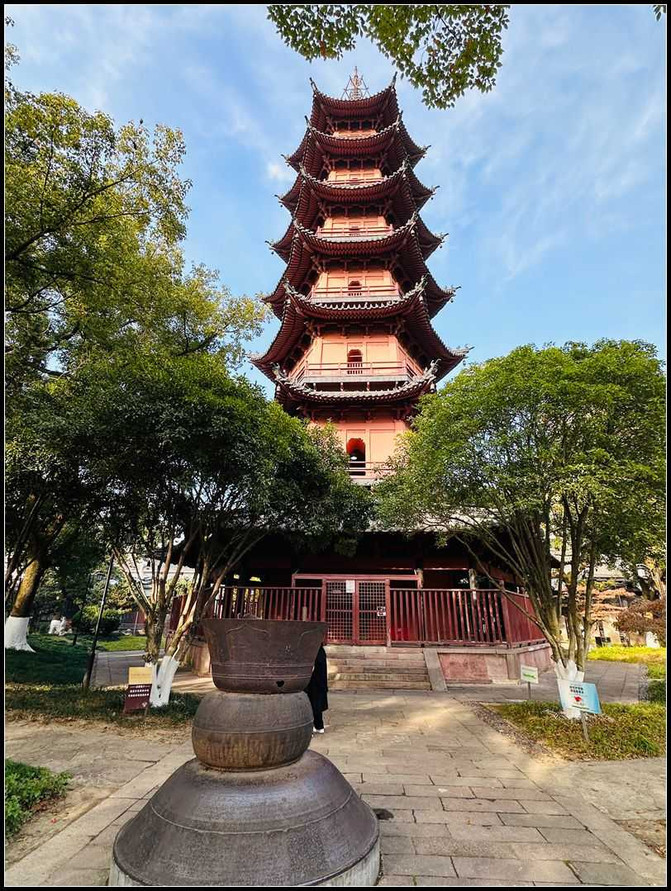











In early December 2023, our couple chose to travel freely to Zhejiang and visited Ningbo, Hangzhou, Wuzhen, and Jiaxing, spending 7 days of relaxed and enjoyable time.
Day 1: Guangzhou NingboTaking a Southern Airlines flight from Guangzhou to Ningbo, it was raining, foggy, and grey today, which made me uninterested. I casually walked around the hotel.
Accommodation: Hanting Hotel (Tianyi Square Branch)

Take a Southern Airlines flight from Guangzhou to Ningbo, Zhejiang

Check in at Ningbo Hanting Hotel (Tianyi Square Branch)

This hotel is located very well, just take the subway line 2 and cross the street from the airport.
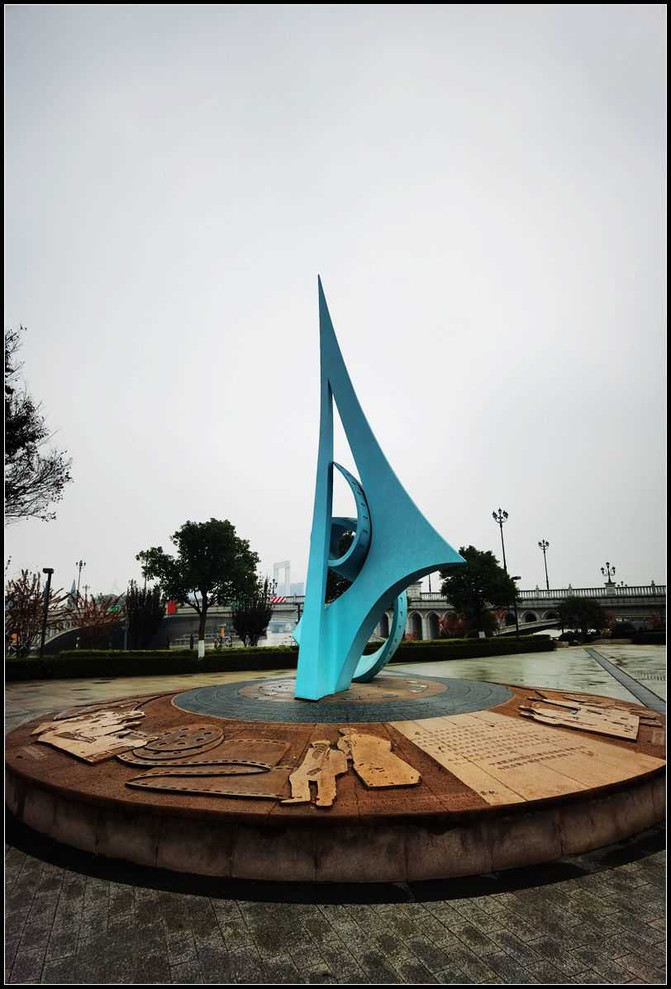
On the banks of the three rivers (Yuyao River, Yongjiang River, Fenghua River) in Ningbo. Ningbo is a national historical and cultural city with rich cultural heritage and a long history. It is a typical water town and seaport city in Jiangnan. It is the gateway to the southern end of China's shipping industry and the starting port of the "Maritime Silk Road" in the east. Among them, Ningbo Port, the most representative of Ningbo, has been rated as one of the "Five Best Ports in the World" by the authoritative magazine in the international port and shipping industry - Container International in the UK.
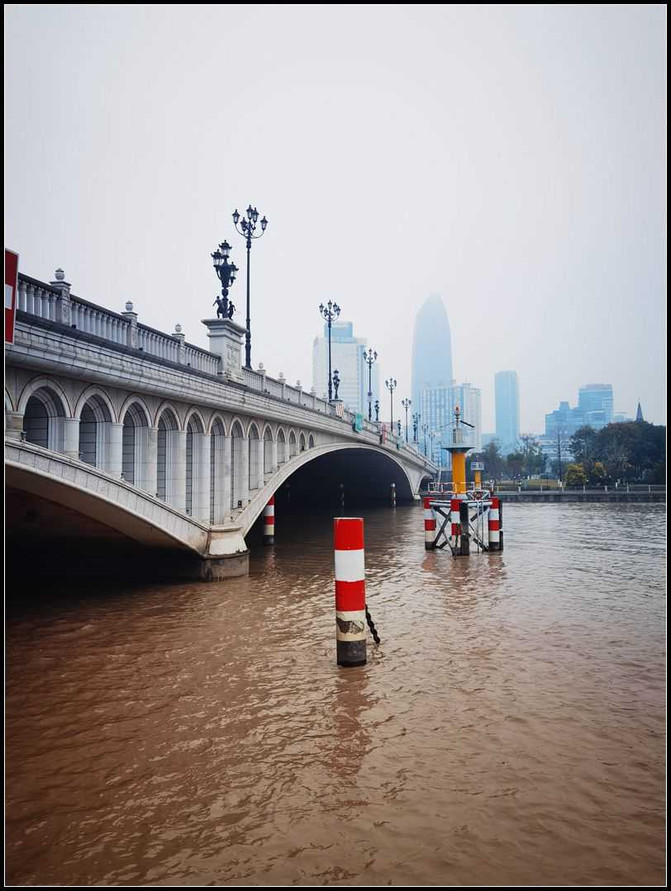
The weather is bad and foggy.
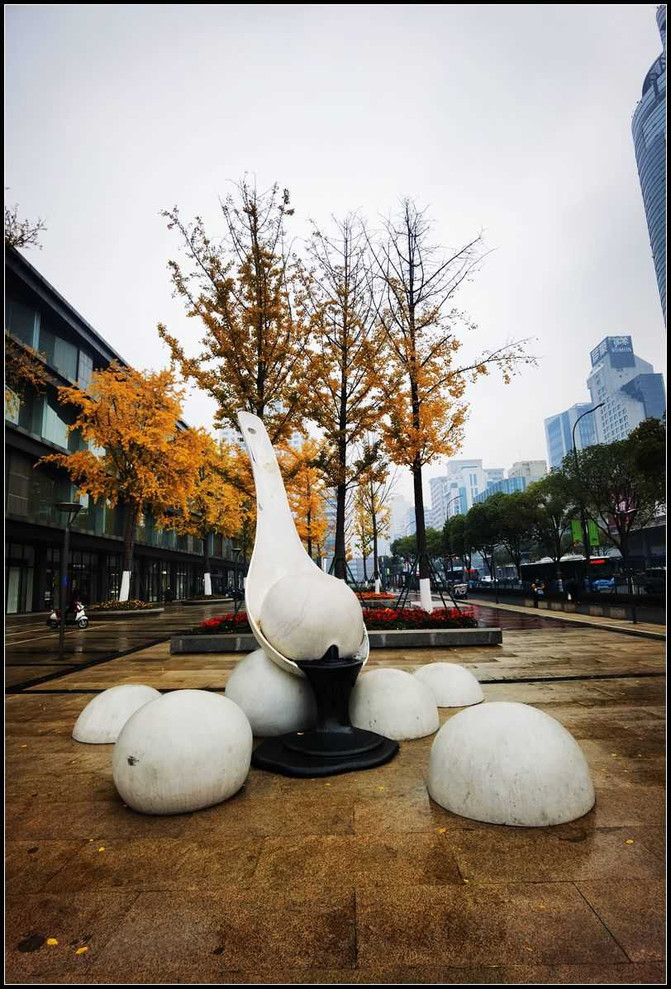
Rice dumpling sculpture on the streets of Ningbo. Rice dumpling is one of the famous snacks in Ningbo.


Dining at this restaurant in the evening, this restaurant is offering a 50% discount, which is quite suitable.


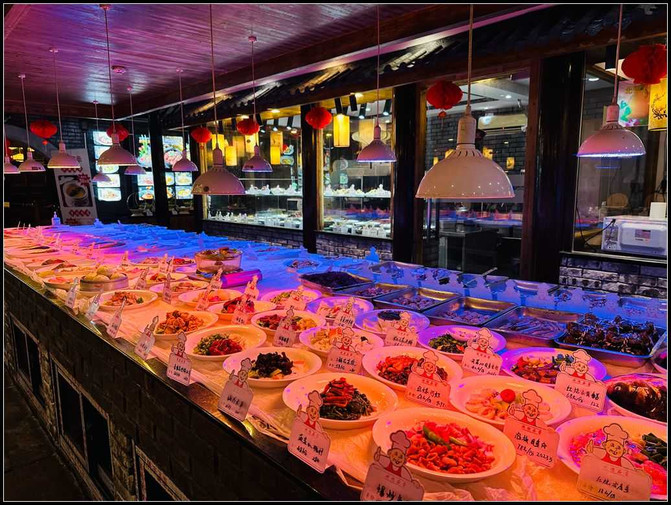
This restaurant allows you to order dishes based on their appearance.


Fried yellow croaker with rotten skin

Scallion oil bamboo clam
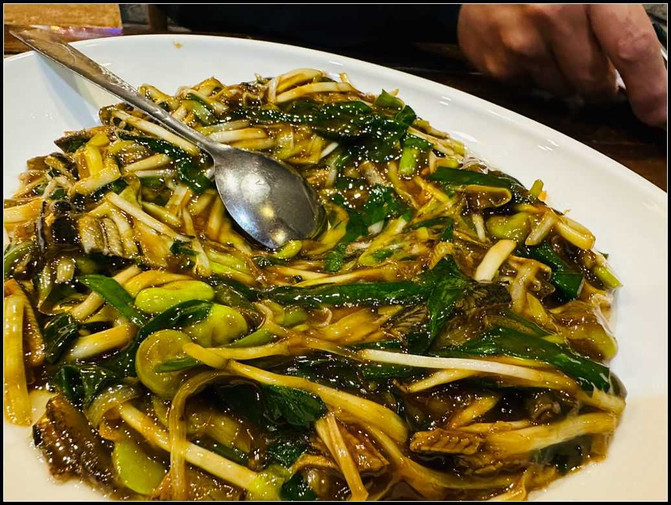
Ning style eel shreds

Stir fried rice cake with shepherd's purse and shredded bamboo shoots
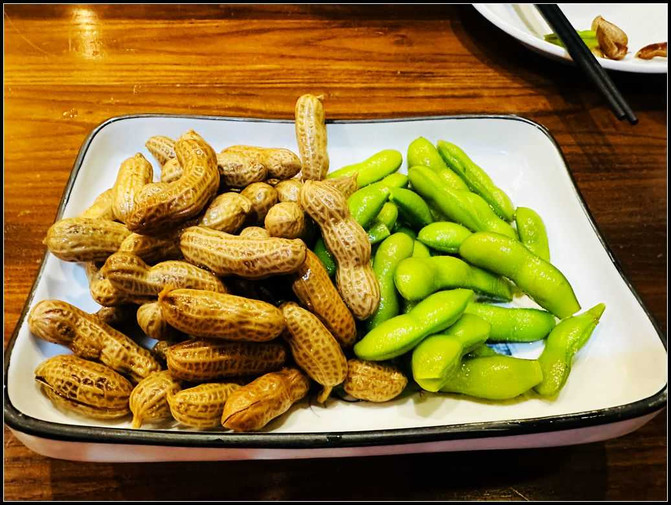
In order to make up for 200 yuan (100 yuan after discount), I also ordered a salt boiled peanut and edamame.

Day 2: Ningbo
Today in Ningbo, it's sunny after the rain. Take a look at Tianyi Pavilion, Yuehu Park, and Ningbo Old Bund.
Accommodation: Hanting Hotel (Tianyi Square Branch)

Visit the Tianyi Pavilion in Ningbo.

Tianyi Pavilion is the oldest private library in China and one of the three oldest family libraries in the world. The Tianyi Pavilion was built between the 40th and 45th years of the Jiajing reign of the Ming Dynasty (1561-1566 AD) and was originally the collection place of Fan Qin, the Right Assistant Minister of the Ming Military Department. There are nearly 300000 volumes of various ancient books in our collection, including over 80000 volumes of rare editions.


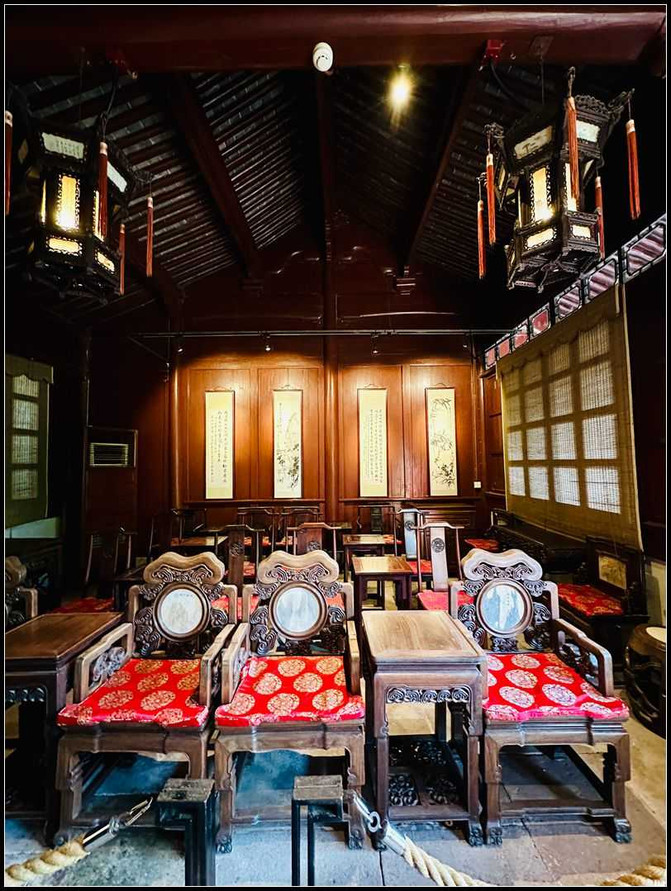


The Tianyi Pavilion Museum is a thematic museum with the Tianyi Pavilion Library as its core and book culture as its characteristic. It covers an area of approximately 34000 square meters and is currently a national key cultural relic protection unit, a national key ancient book protection unit, a national first-class museum, and a national 5A level tourist attraction.








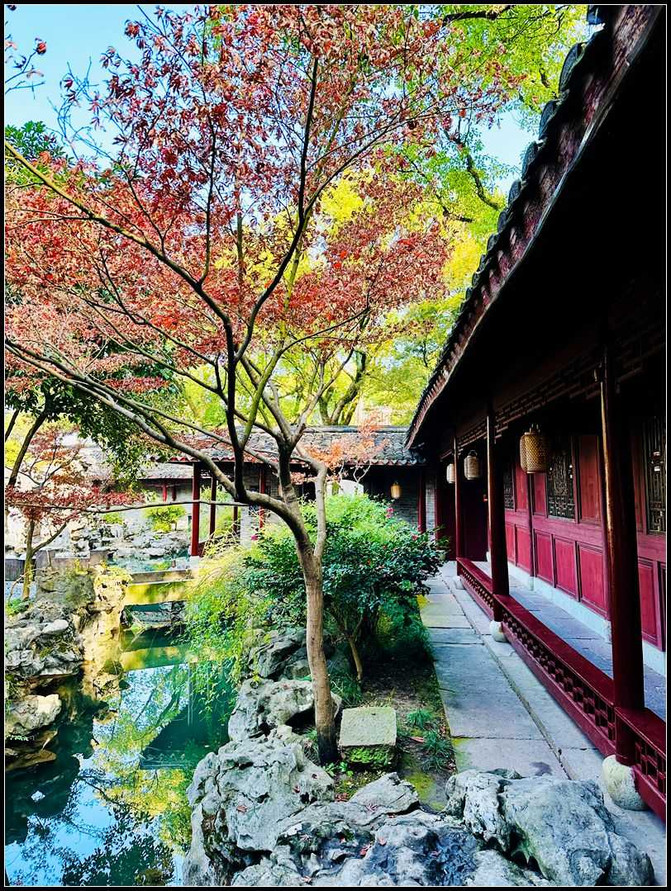





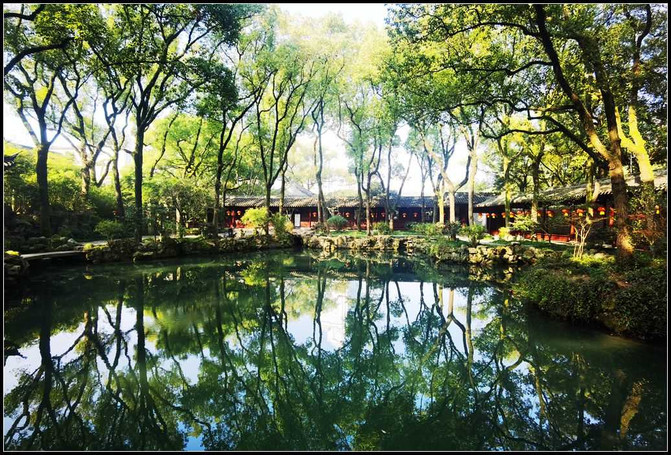





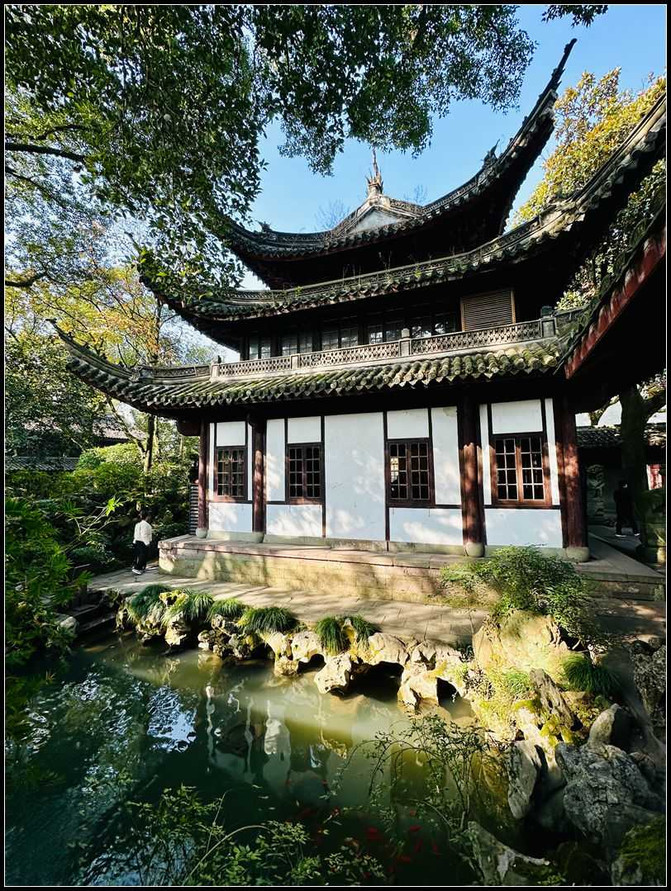



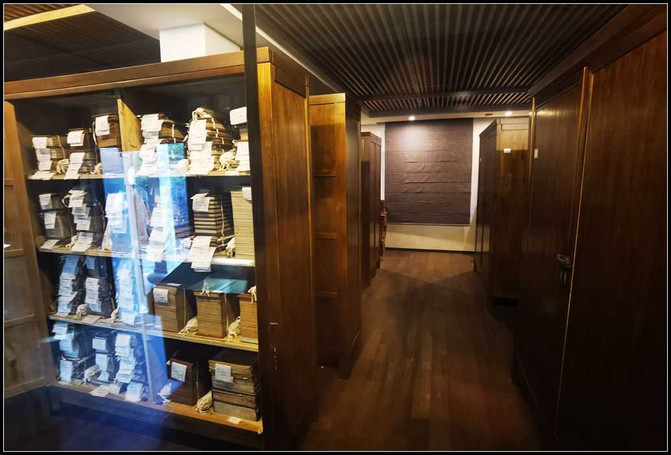
The Library of Tianyi Pavilion









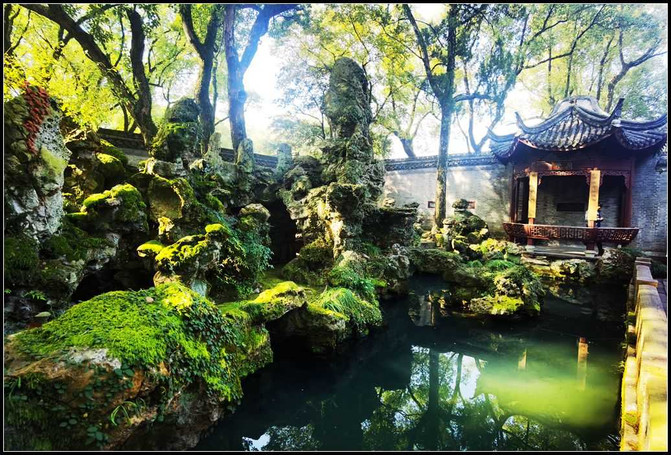







Landscape of Moon Lake Park. The Moon Lake in Ningbo was formed in the tenth year of the Zhenguan reign of Emperor Taizong of Tang Dynasty. The broad part resembles a full moon, and the narrow part resembles an eyebrow moon, hence the name Moon Lake. It is now a famous park in Ningbo.
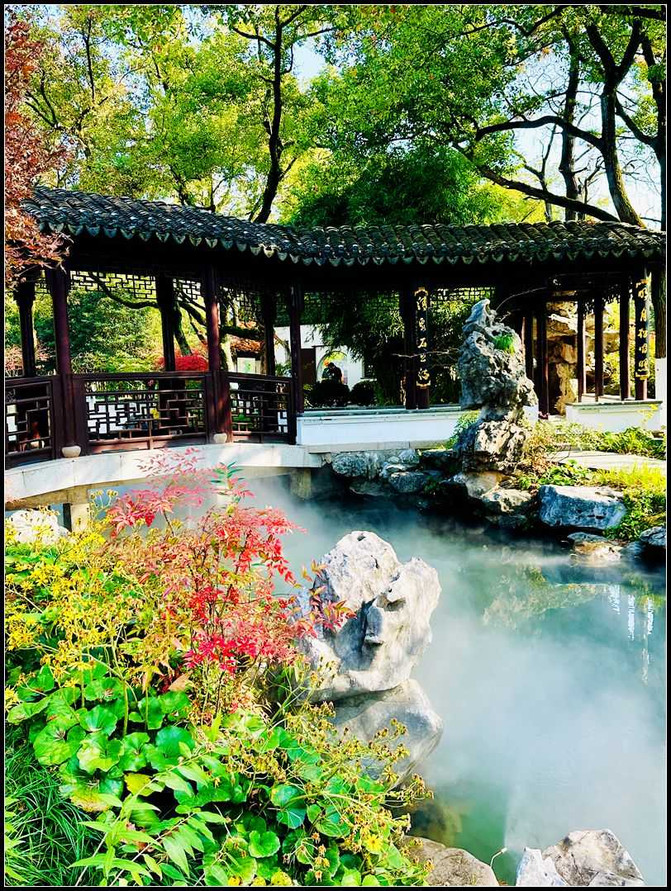
The Ningbo Moon Lake was excavated during the Tang Dynasty's Zhenguan period, and the Ten Continents of the Moon Lake were built during the Song Dynasty's Yuanyou period. It was covered with seasonal flowers and trees, forming a scenic spot on the Ten Continents of the Moon Lake.









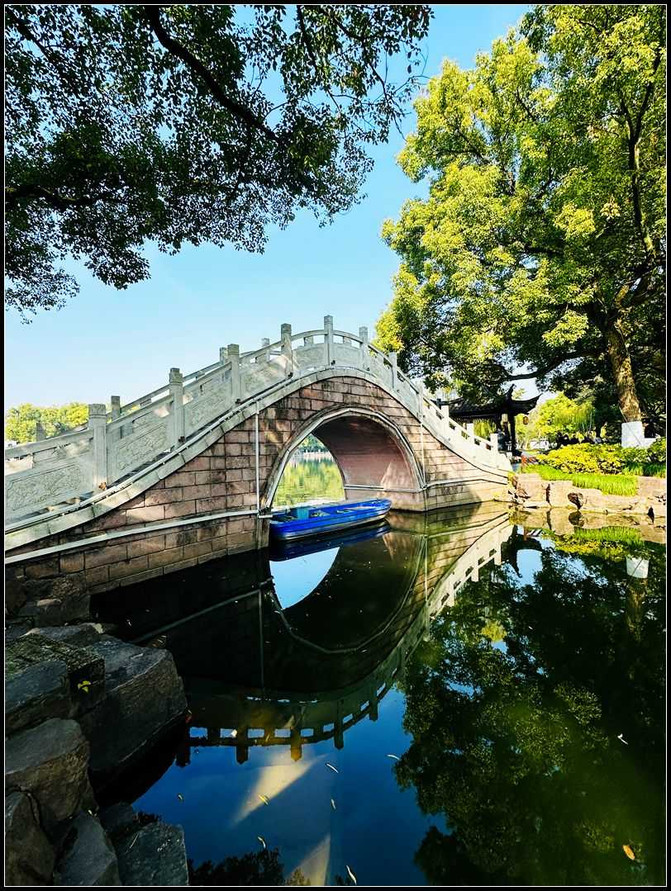

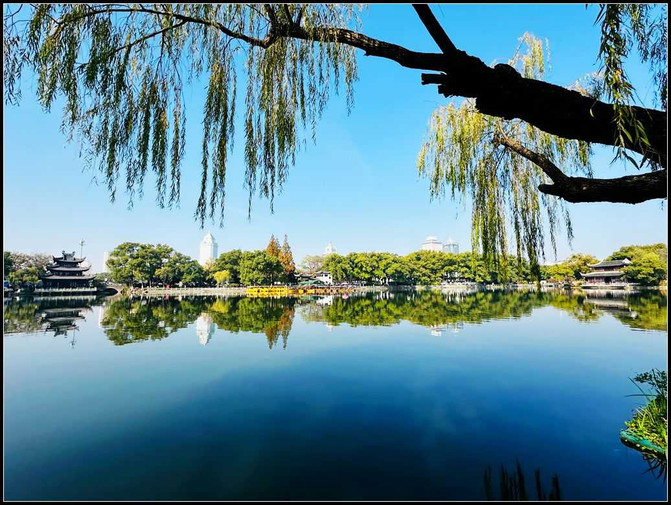
The scenery of Moon Lake is beautiful





Buddhist layman forest. Jushilin is a place where Buddhist laymen learn doctrine, develop wisdom, promote doctrine, and purify their bodies and minds.


Ningbo Old Bund. Located at the confluence of the three rivers of Yongjiang, Fenghua, and Yuyao in Sanjiangkou, Ningbo City, Jiangbei District on the north bank is the gateway to the ancient city of Ningbo. In the Tang Dynasty, it was one of the four major ports in China and became the starting point for Jianzhen's eastward migration; In the Southern Song Dynasty, it was one of the three major ports in China, and a city shipping department was established specifically to manage foreign trade; After the signing of the Nanjing Treaty, Ningbo became one of the "Five Ports for Trade" ports and officially opened in 1844. The Ningbo Old Bund was developed as a commercial tourism project after 1992, and has become a famous landscape in Ningbo.



The Nibo Old Bund is an important witness to the century old Ningbo, and also the fifth city name card carefully crafted by Ningbo (Ningbo Gang, Ningbo Port, Ningbo Scenery, Ningbo Decoration). The Old Bund combines the beauty of Eastern and Western architectural culture, and is a characteristic area that integrates shopping, food, entertainment, tourism, and living, becoming a fashionable landmark of Ningbo city.


The Old Bund was opened as a port in 1844. Since the Tang and Song dynasties, it has been one of the busiest ports and the birthplace of the famous Ningbo Gang. It was once the earliest port opening area among the "Five Ports of Commerce", 20 years earlier than the Bund in Shanghai.












The former patrol room has now been converted into a caf é



In 1844, Ningbo Wukou opened for trade and designated the north bank of the Yangtze River as a foreign trade residence. Around 1860, most foreign consuls, merchants, clergy, and overseas Chinese families lived along the river from the Huaihua tree on the north bank of the Yangtze River to the Taohuadu French Catholic Church. The religions near the Bund of Ningbo are basically foreign, and within this area, monasteries, Jesus churches, and Catholic churches are everywhere. A physical symbol of the surviving foreign religion is the French Gothic building, the Catholic Church, built in 1872, with a building area of 4380 square meters.








Intersection of Three Rivers




Mourning for a snack at the famous time-honored snack shop "Gangyagou" in Ningbo.

Shrimp Wonton

Three color rice dumpling

Xiaolongbao


After tasting, the feeling is that the price is expensive, the portion size is small, the taste is average, and it is not worth it.

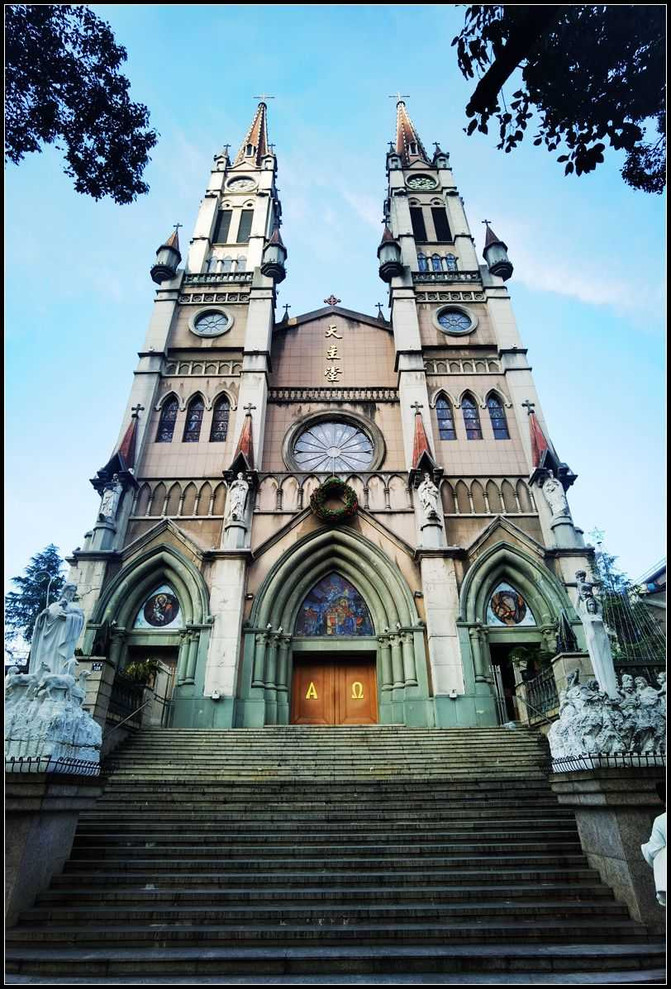



Ningbo City God Temple


There is no Chenghuang Temple. Now we have a City God God in the commercial pedestrian street.



Tianfeng Pagoda
Day 3: Ningbo HangzhouIn the morning, take a train from Ningbo to Hangzhou East Railway Station, take the subway to the hotel by West Lake, and after checking in, take a walk directly around West Lake.
Accommodation: Hangzhou Grand Hyatt Hotel

After breakfast, take a taxi from the hotel to Ningbo High Speed Rail Station, take the high-speed rail for about an hour to reach Hangzhou East Station, and take the subway to West Lake.

My son and daughter-in-law paid for us to book two nights at this five-star Grand Hyatt Hangzhou hotel. The hotel is located by the shore of West Lake, with an excellent location.



You can enjoy the beautiful scenery of West Lake from the hotel room.

My son told the hotel that it was our wedding anniversary, and the hotel specially prepared champagne, fruit plates, small cakes, and blessing cards for us.


We have visited Hangzhou many times, and it can be said that we have revisited the old place, but the scenery remains the same.






Remnant Snow on the Broken Bridge in Winter


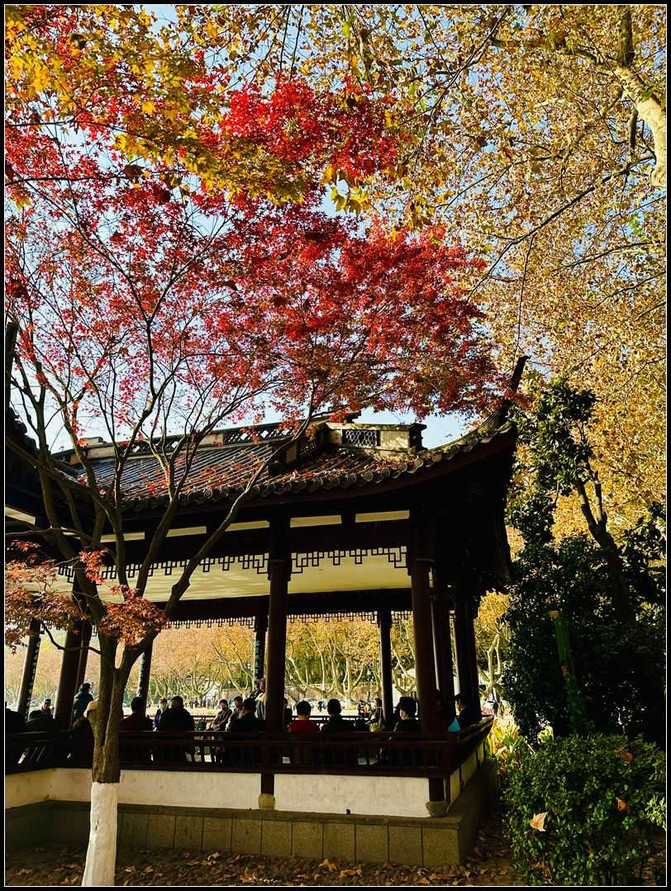

The scenery is picturesque, and visitors are like a weaver.

Yuanqiao Baoshu Pagoda

The Baidi Bridge is broken.






Mandarin ducks and wild ducks


The balcony of the hotel's executive lounge is a great place to admire West Lake.








Afternoon tea provided by the hotel's executive lounge.


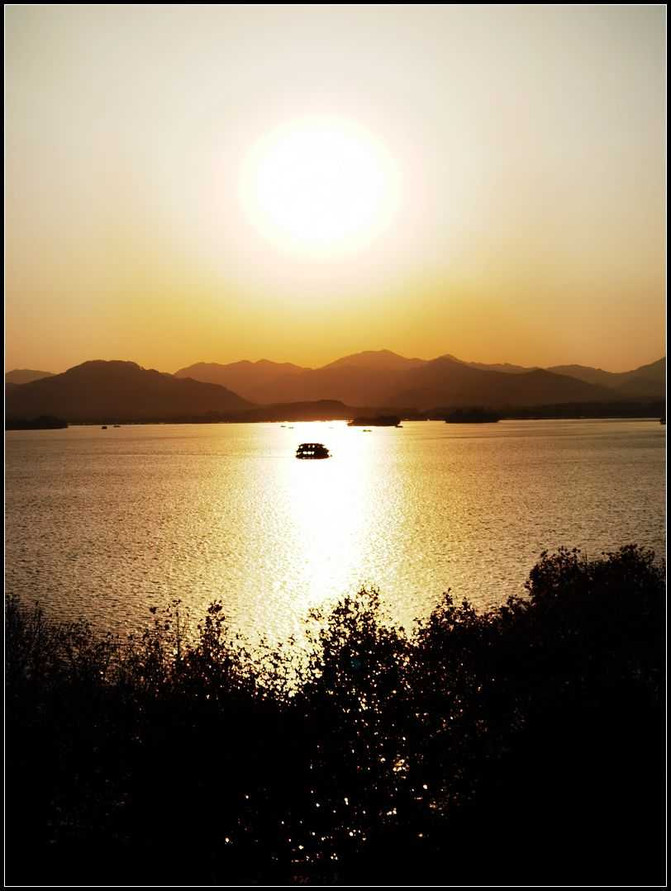




Visitors watching the sunset by the West Lake




The hotel's swimming pool








Buffet Dinner at the Executive Lounge




The music fountain performance in West Lake starts at 7:30 pm every night and lasts for about half an hour.

Day 4: Hangzhou
After breakfast at the hotel, take the subway to Hangzhou Hefang Street Scenic Area, Hu Xueyan's Former Residence, and the Southern Song Dynasty Deshou Palace Site Museum. In the afternoon, continue to visit West Lake.
Accommodation: Hangzhou Grand Hyatt Hotel


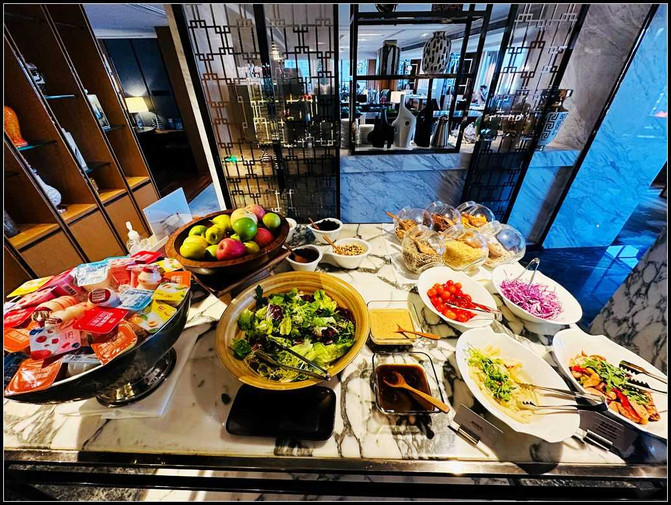
Buffet breakfast at the Executive Lounge of Hangzhou Grand Hyatt Hotel.







Although it has entered December, the temperature in Hangzhou has been relatively high this winter, so I have the opportunity to enjoy the beautiful yellow leaves.


Visit the Hangzhou Hefang Street Scenic Area. Qinghefang has been a bustling area in Hangzhou since ancient times, serving as the political and cultural center of the city and a gathering place for merchants. The century old shops in Hangzhou, such as Wang Xingji, Zhang Xiaoquan, Wanlong Ham Shop, Hu Qingyu Hall, Fang Huichun Hall, Ye Zhongde Hall, etc., are all concentrated in this area.




Walking on Qinghefang Street, strolling on the blue brick road, on both sides are Ming and Qing style buildings, flying eaves, hollowed out windows, and clerks dressed in ancient costumes, making people feel like they have suddenly merged into the past. Qinghefang Street is currently the only well preserved old block in Hangzhou and a microcosm of its long history.



Zhongyi Pavilion in the center of Hefang Street




Hu Qingyu Hall is famous throughout the world for the story of Hu Xueyan, a businessman with a red roof in the late Qing Dynasty.

Located on the historic street of Hefang Street in Hangzhou, this Jiangnan Copper House is the Zhu Bingren Bronze Carving Art Museum, a master of Chinese arts and crafts.

This unique Jiangnan copper house, built with copper, is a rare treasure that has been passed down from generation to generation in a residential mansion of about 3000 square meters, featuring copper calligraphy and painting, copper murals, molten copper art, copper architectural art, Buddhist culture, and more.











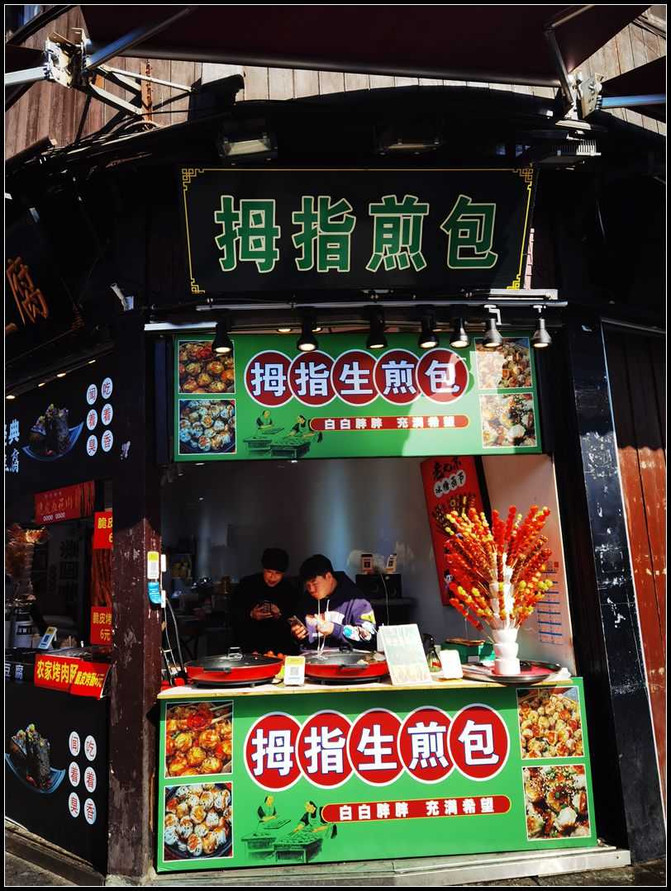


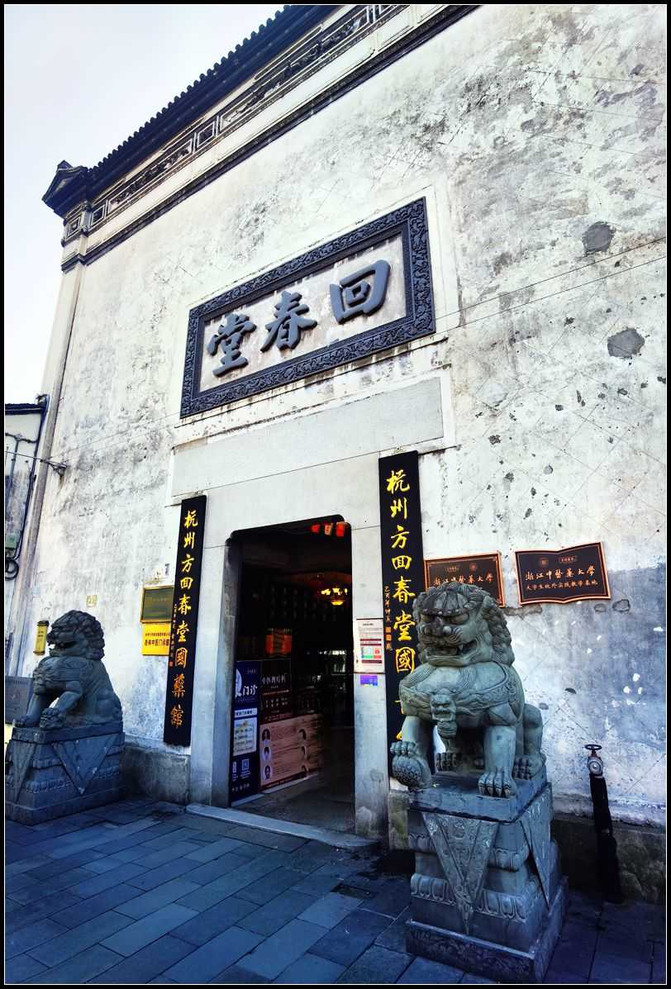

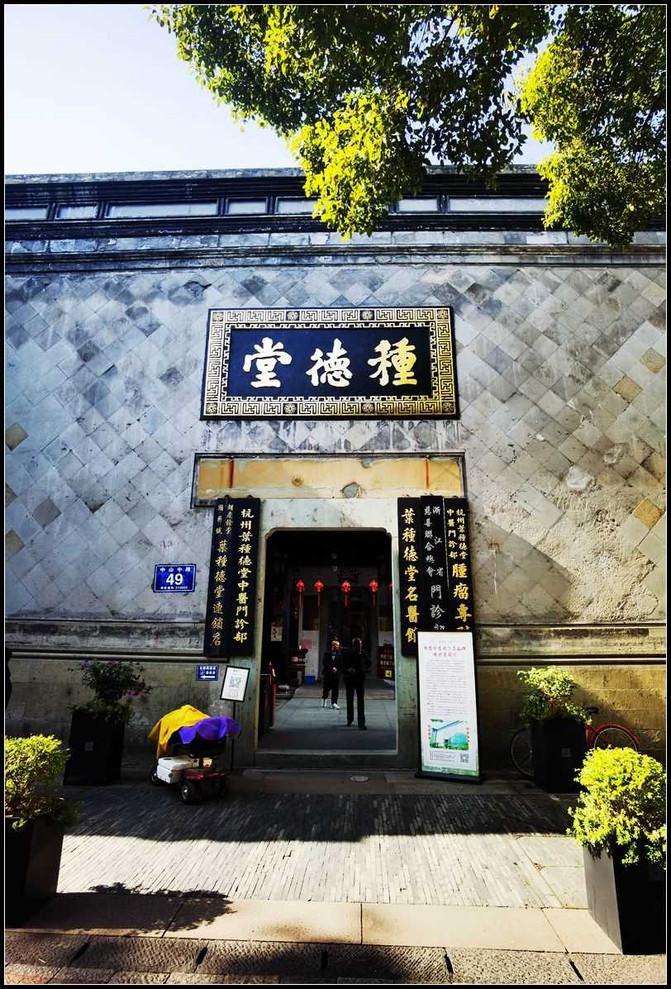



Hangzhou Drum Tower. In 2002, the Hangzhou Municipal People's Government completed the reconstruction of the Hangzhou Drum Tower, which adopted a five bay, double eaved gable style and was a form of Ming Dynasty drum tower architecture. The rebuilt drum tower echoes the City God Pavilion to the west of Wushan Mountain.




Wangxian Pavilion



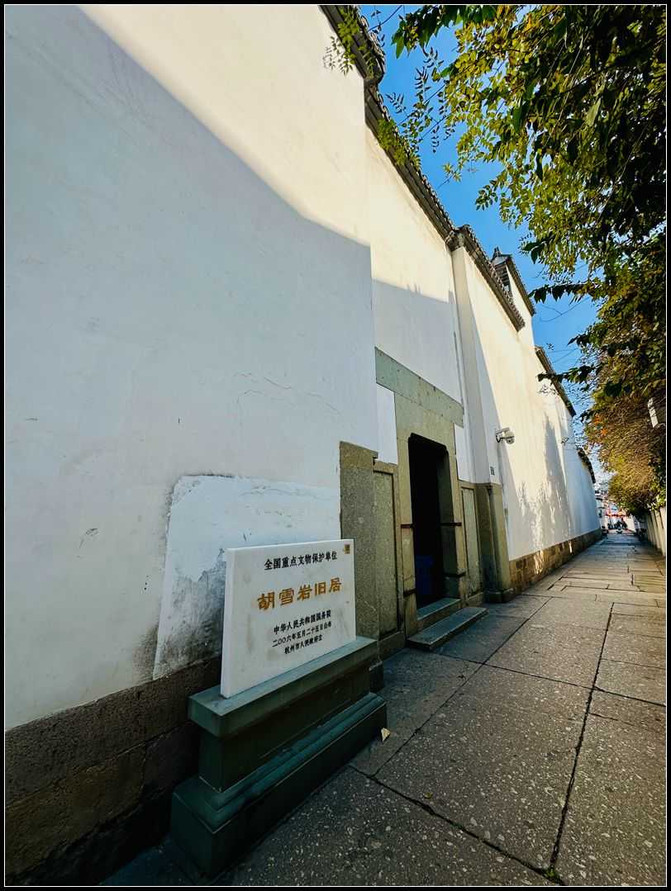
The former residence of Hu Xueyan, a famous businessman with a red roof in the late Qing Dynasty.



The Southern Song Dynasty Deshou Palace was rebuilt on the archaeological excavation site. Now it is the Southern Song Dynasty Deshou Palace Site Museum,

The Deshou Palace Site Museum relies on archaeological sites and adopts methods such as indoor exhibition, digital display, and site simulation display to systematically display the complete history and culture of the Southern Song Dynasty.


The Deshou Palace of the Southern Song Dynasty was first built in the 32nd year of Shaoxing, serving as the residence of Emperor Gaozong Zhao Gou after his abdication. It echoes the imperial city of the Southern Song Dynasty and is also known as Beida Nei in the local community. Since 2001, the Deshou Palace site has undergone four archaeological excavations, covering an area of approximately 110000 square meters.


West Lake, also known as Qiantang Lake, is surrounded by mountains on three sides: West Hunan, West, and North. It is adjacent to the urban area to the east and the Qiantang River across the mountains to the south. The lake is divided into several water surfaces by Bai Di, Su Di, Yang Gong Di, and Zhao Gong Di. There are three islands in the lake, and the mountains of West Lake are centered around West Lake. West Lake is a national 5A level tourist attraction and a world cultural heritage site.



beauty of West Lake


West Lake Golden Bull


The lake and mountains are breathtaking.





Day 5: Hangzhou Wuzhen
After breakfast at the hotel in the morning, take the subway to the bus station at East Railway Station, take a direct bus from Hangzhou to Wuzhen, and then take a taxi to the hotel at Wuzhen Bus Station. After checking in, take a taxi to Wuzhen West Gate for sightseeing.
Accommodation: Alirawu Town

Hotel Breakfast

After breakfast, take the subway to Hangzhou East Station and take a bus to Wuzhen in Jiaxing.

After arriving in Wuzhen, we checked into the Alila Wuzhen Hotel, which is the only high-level garden villa style Alila five-star hotel in China. It was also reserved for us by our eldest son and daughter-in-law.

The reserved room is a large water shed king bed room with a small yard

Hotel rooms
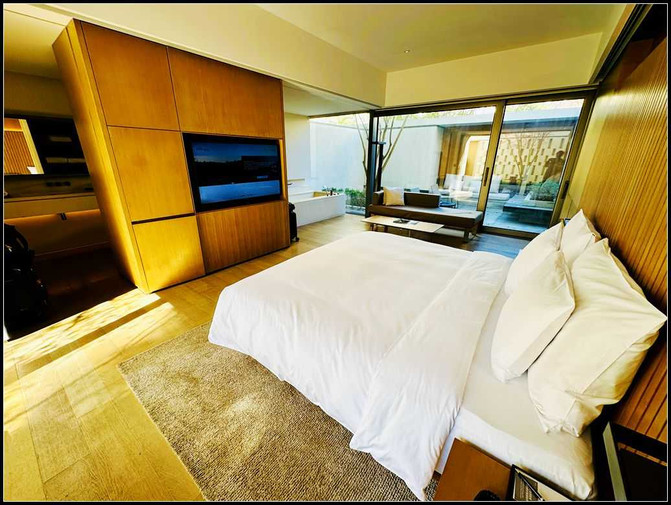








The Arila Wu Town Hotel is characterized by water, with rooms scattered throughout the water and beautiful scenery.





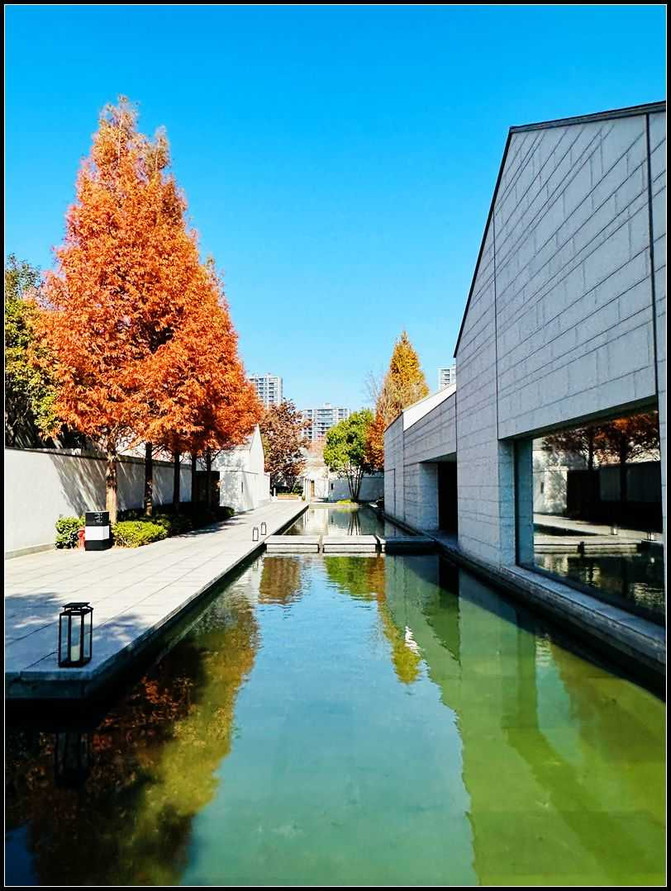

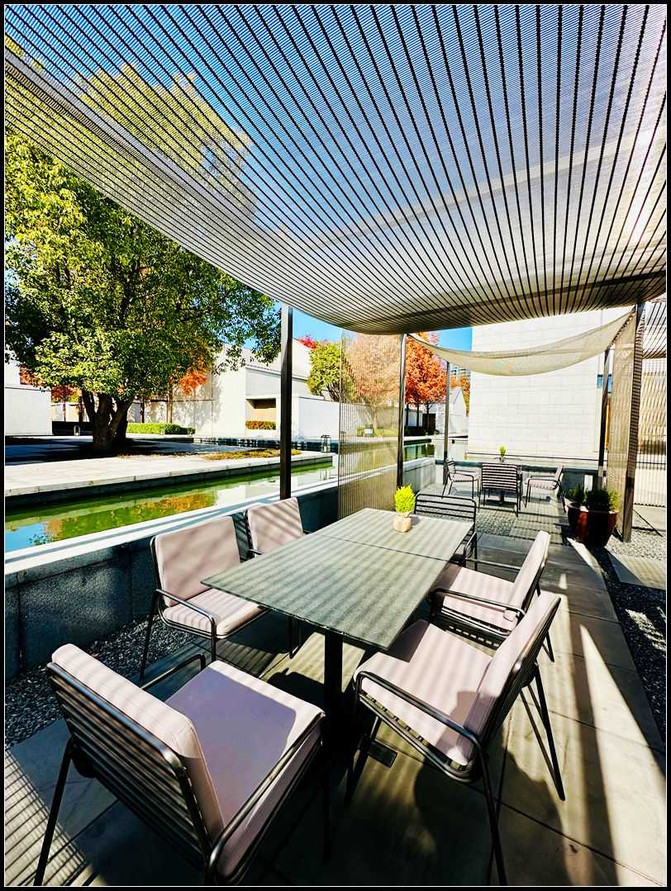




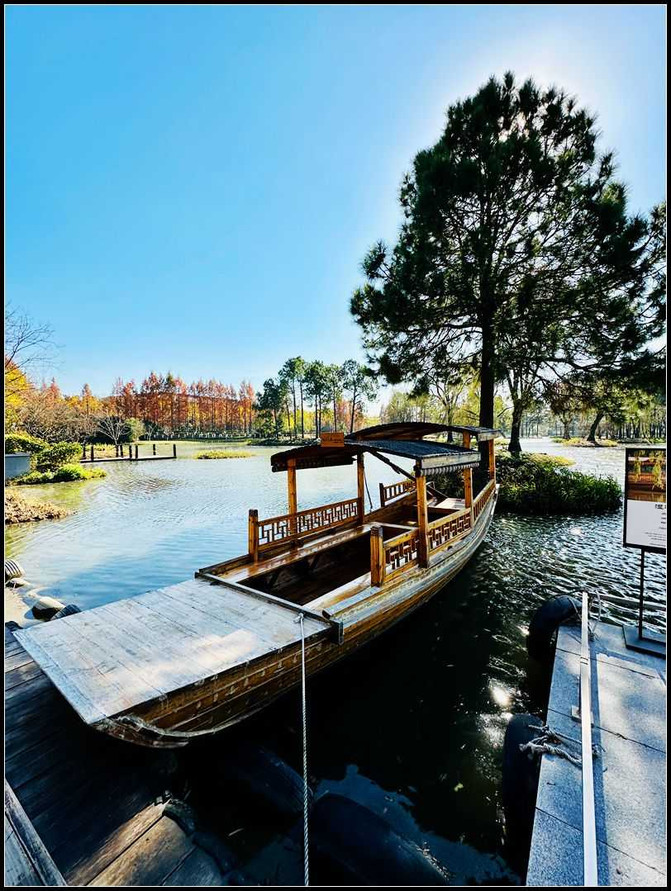


Wuzhen. It is a typical ancient water town in Jiangnan, China, a famous historical and cultural town, known as the "land of fish and rice, and the mansion of silk". Wuzhen is a national 5A level tourist attraction, known as the "last water pillow family in China". Since 2014, it has become the permanent site of the World Internet Conference.



Wuzhen has two scenic spots, Dongzha and Xizha. We choose to visit the Xizha Scenic Area. After entering the scenic area, we first choose to take a Wupeng boat to tour Wuzhen Xizha, with a ticket price of 60 yuan per person.

Artificial hand cranked Wufeng boat


Xizha is located on Wuzhen West Street, adjacent to the Beijing Hangzhou Grand Canal. Xizha focuses on business tourism and leisure vacation. Xizha is composed of 12 small islands, connected together by over 70 small bridges.


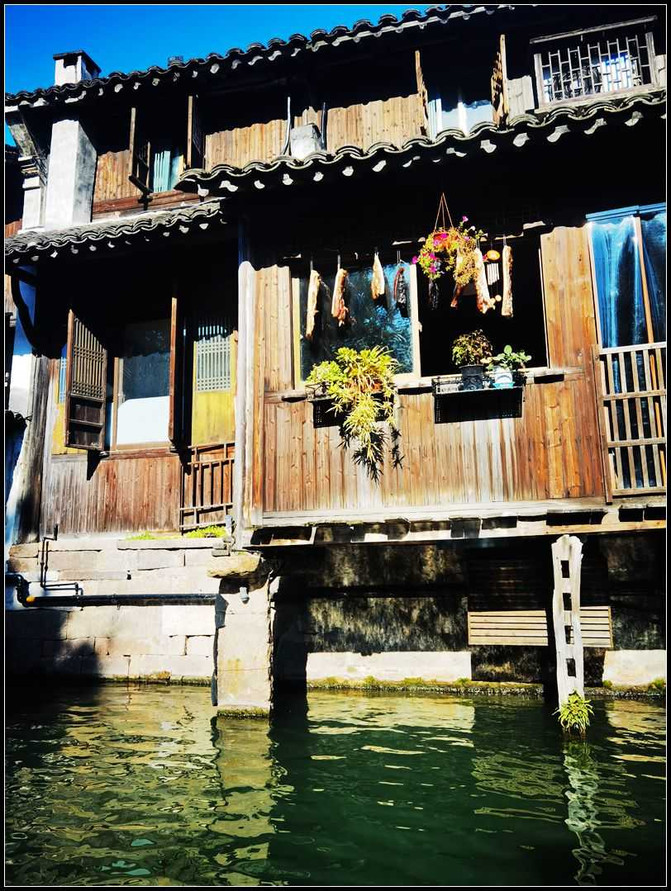


The Tongji Bridge and Renji Bridge are adjacent at right angles, and no matter which bridge you stand on, you can see another bridge in one cave, hence the name "Qiaoli Bridge". Qiaoli Bridge is the most beautiful ancient bridge scenery in Wuzhen, and can be called a masterpiece of bridge scenery.




Wenchang Pavilion
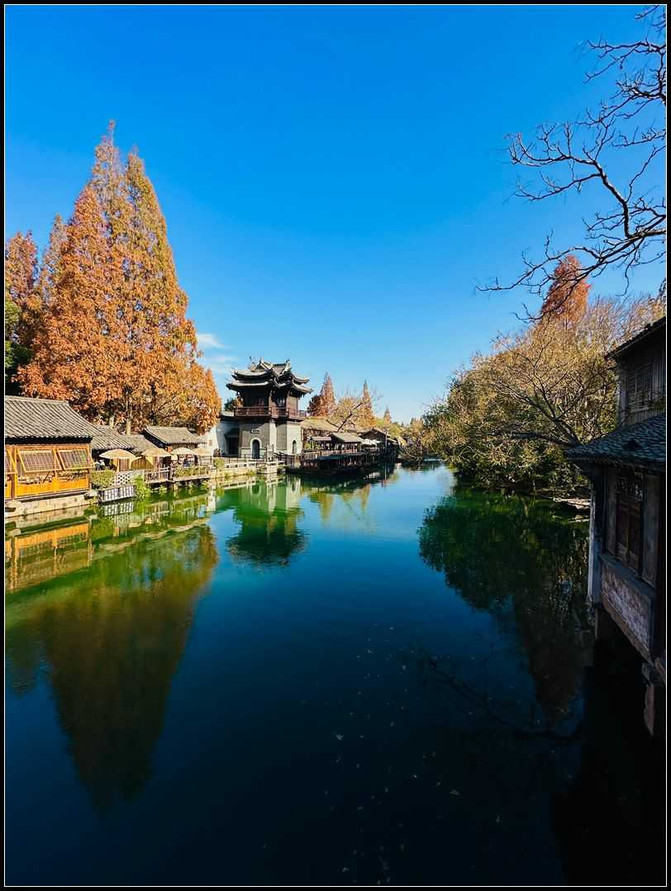

Watertown Wufeng Boat


Bailian Temple




the grand canal



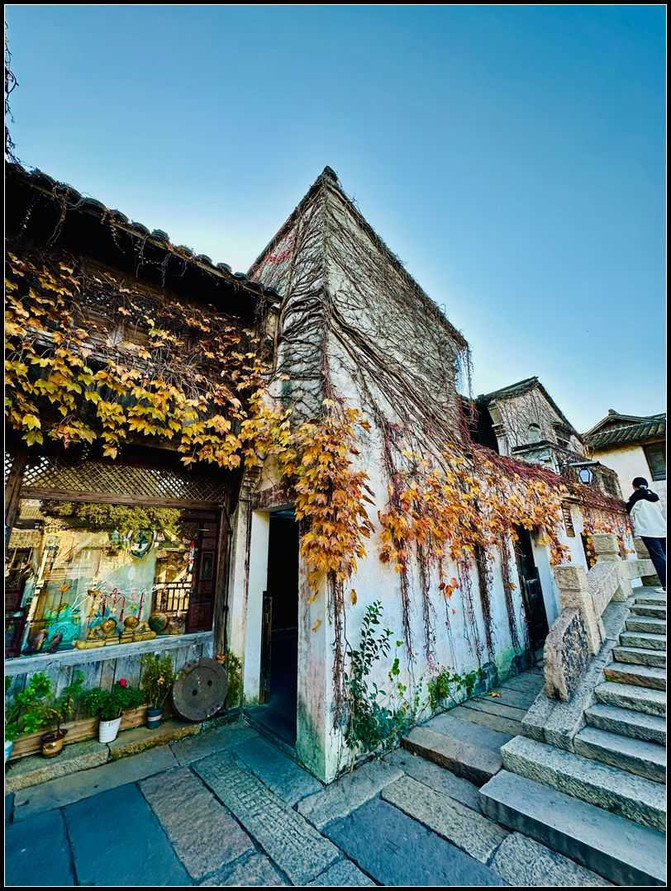















Da Dyeing House

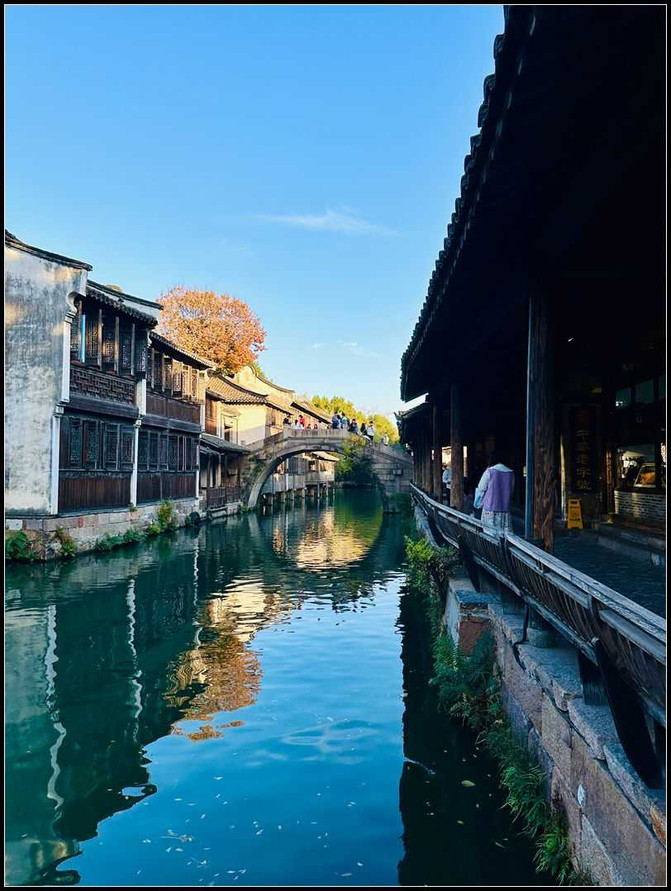
A small bridge flowing through a house

Water houses

Xuchang Sauce Garden

Sauce jar array

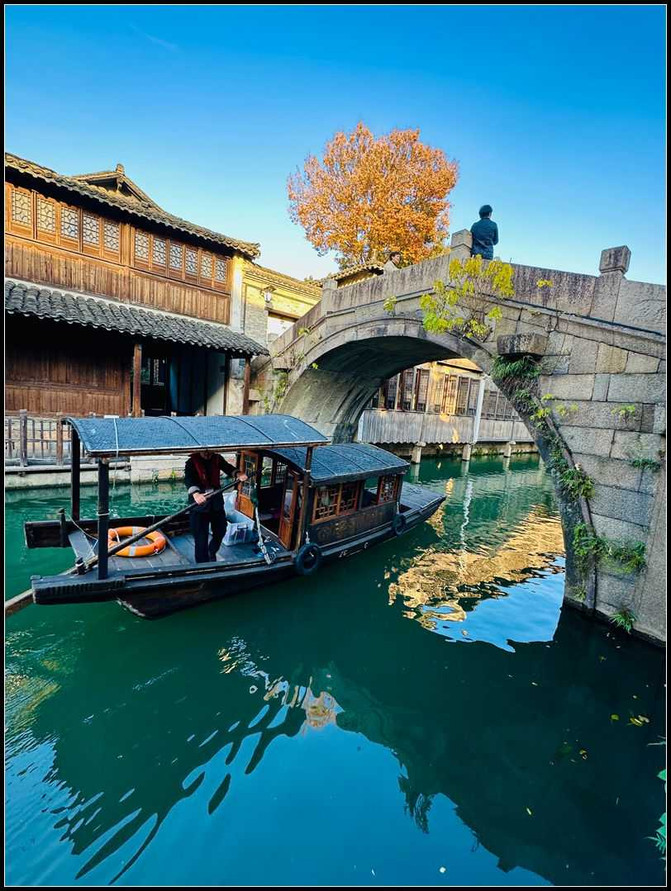
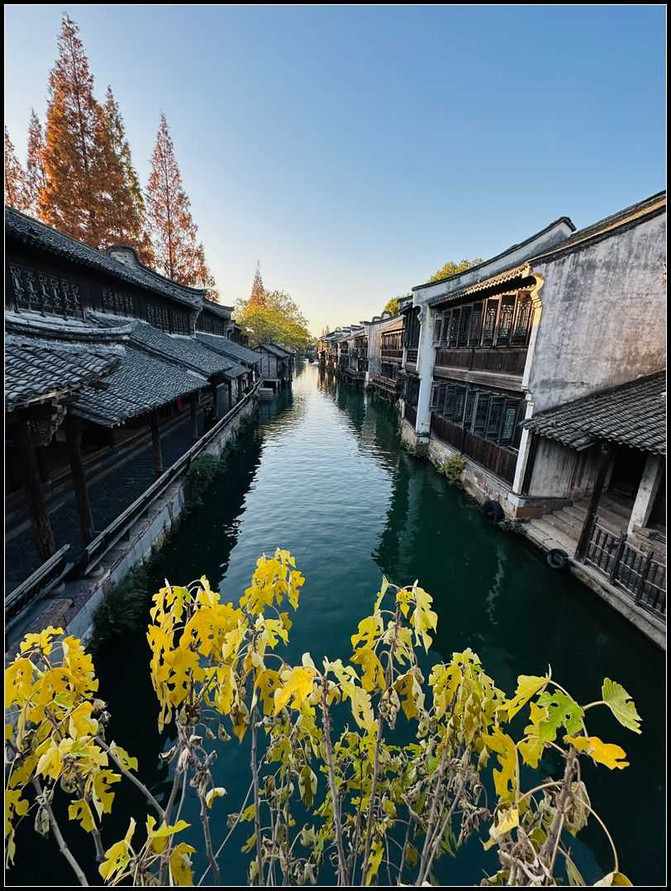






Wuzhen Grand Theater. With its unique and beautiful modern design and advanced facilities and equipment, it has now entered the ranks of world-class theaters.


Choose to dine at this restaurant in the evening

Stir fried cabbage

Duck in Brown Sauce

Shrimp and Tofu

Tomato and egg soup


Steamed White Fish

A set meal for two for a group purchase of 98 yuan, featuring four dishes, one soup, and a plate of noodle cake, offers excellent value for money.
Day 6: Wuzhen JiaxingAfter breakfast at the hotel, I took a taxi to Wuzhen Bus Station. I originally planned to take a direct bus from Wuzhen to Jiaxing, but it didn't depart until 11 o'clock. Therefore, I directly took a bus to Tongxiang, and then transferred to Jiaxing's shuttle bus after arriving in Tongxiang. This took more than 2 hours, but it was still considered a public bus. The tickets for 2 people were really cheap.
Accommodation: Jiaxing

The buffet breakfast at the Alirawu Town Hotel.



The variety of ingredients is relatively rich and diverse, and the quality is also very good.
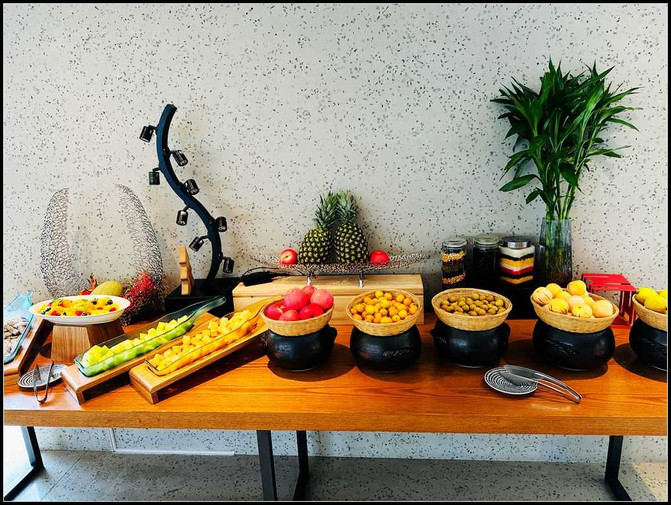






The scenery outside the restaurant is very beautiful.

Fried shrimp cake, fried shrimp.


The hotel in Alila Wuzhen is of high level and expensive. It is relatively far from the Wuzhen scenic area and there is no commercial area around, making travel inconvenient.


After breakfast, take a bus from Wuzhen to Jiaxing, and transfer to a bus through Tongxiang. Wuzhen belongs to Tongxiang City. Visit Jiaxing Nanhu Scenic Area in the afternoon

Arrive in Jiaxing and check into a hotel.

Jiaxing City is a prefecture level city under the jurisdiction of Zhejiang Province, one of the important cities in the Yangtze River Delta, and a sub center city in the Hangzhou metropolitan area. It is a national historical and cultural city, the birthplace of Majiabang culture in the Neolithic period, and the birthplace of Jiangnan culture. Since ancient times, it has been a prosperous and prosperous place, known as the "land of fish and rice" and the "silk mansion". Jiaxing is the birthplace of the CPC. The First National Congress of the Communist Party of China was held in Shanghai, and ended on the red boat of Jiaxing South Lake, announcing the founding of the CPC.

On July 23, 1921, the first National Congress of the CPC was held in secret at No. 106 Wangzhi Road (now No. 76 Xingye Road) in the French Concession of Shanghai. In the middle of the meeting, it was harassed by the French Concession patrol and forced to stop. According to the suggestion of Wang Huiwu, the wife of Shanghai representative Li Da, the "One Great" meeting was transferred to a cruise ship on Nanhu Lake in Jiaxing to continue. On the morning of August 2, the "First Congress" representatives Mao Zedong, Dong Biwu, Chen Tanqiu, Wang Quanmei, Deng Enming, Li Da, Zhang Guotao, Liu Renjing, Zhou Fohai, Bao Huiseng, etc., led by Wang Huiwu, wife of Li Da, transferred from Shanghai to Jiaxing by train, completed the agenda of the congress on a silk mesh boat in the South Lake, and announced the birth of the CPC.

Jiaxing City is renowned for its natural scenery, which includes tides, lakes, rivers, and seas. It is an excellent tourist city and a national garden city in China, and a national historical and cultural city with a typical Jiangnan water town style,

Taking a cruise ship to Huxin Island costs 20 yuan per person, and if you want to see the red boat on South Lake, you must take the boat to Huxin Island.

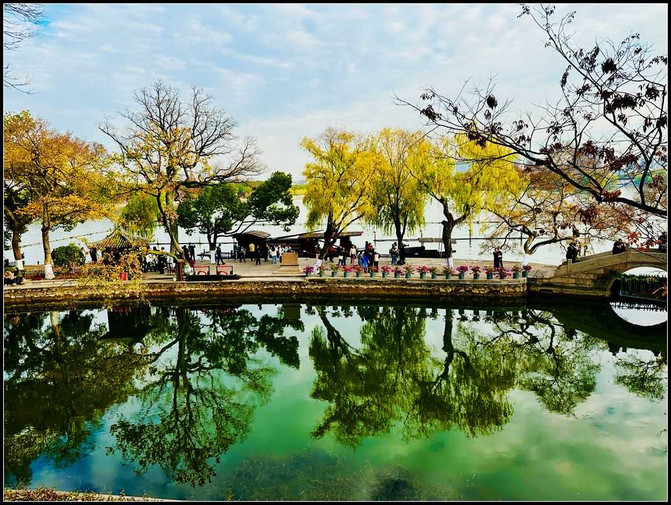
Huxin Island is located in the center of South Lake, with a total area of 17 acres. In the 27th year of the Ming Jiajing reign, the Yanyu Tower was built on the island. After the Qing Dynasty, buildings such as Qinghui Hall, Guyun Pavilion, Xiaopenglai Pavilion, Laixu Pavilion, Jianting Pavilion, Baomei Pavilion, Donghe Xiyu Stele Pavilion, and Visiting and Tracking Pavilion were successively built, forming a group of ancient garden buildings with Yanyu Tower as the main body. Pavilions, towers, rockery corridors, and ancient tree inscriptions are arranged in a neat and orderly manner, making it a typical Jiangnan garden.

Yanyu Tower is the main building on the central island of Nanhu Lake in Jiaxing, and has now become a general term for the entire garden on the island. The main building of Yanyu Tower is two stories high, about 20 meters high. It features a double eaved painted building and bright windows with vermilion columns. Under the shade of green trees, it looks even more magnificent. On the eaves of the building hangs a plaque inscribed by Dong Biwu titled "Smoke and Rain Tower". The Yanyu Tower is named after the poetic meaning of the Tang Dynasty poet Du Mu's poem "Four hundred and eighty temples in the Southern Dynasty, many towers amidst the misty rain.". After expansion and reconstruction during the Ming and Qing dynasties, it gradually became a famous building with significant Jiangnan garden characteristics.




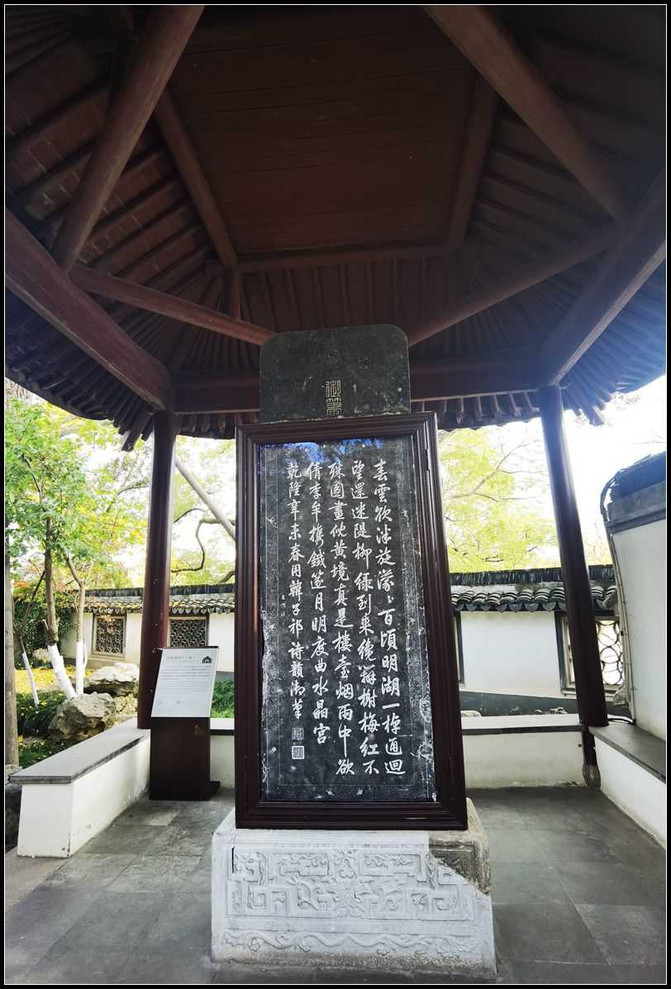
Qianlong visited Jiangnan six times and climbed the Yanyu Tower eight times. He wrote more than 20 poems and praised the Yanyu Tower painting.



Climbing the Yanyu Tower, you can enjoy the beautiful scenery of South Lake.




The South Lake Red Boat is located on the surface of the South Lake and is a single stranded silk net boat, approximately 16 meters long and 3 meters wide. There are front cabin, middle cabin, cabin and rear cabin. The first National Congress of the CPC was held in the middle cabin.









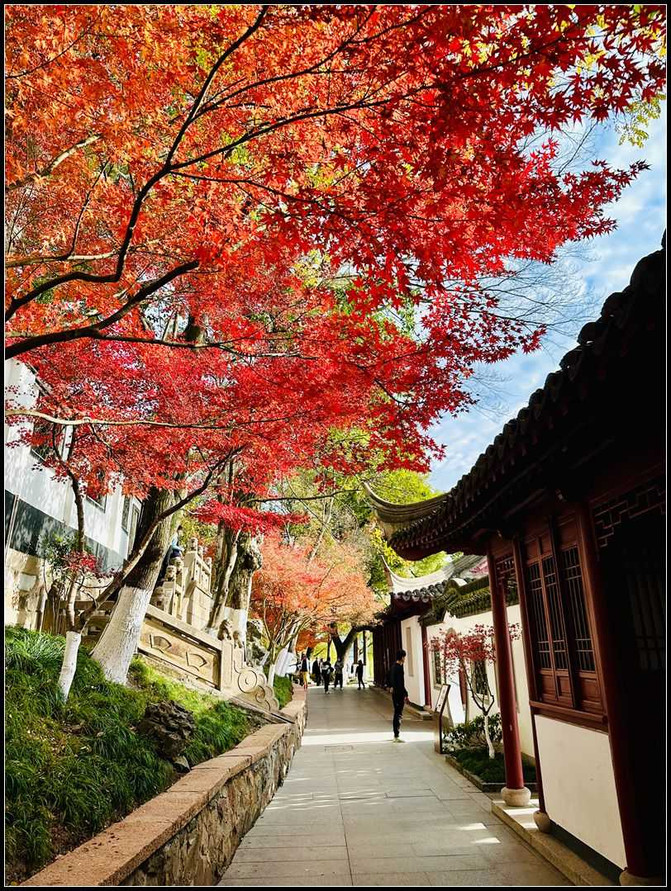
In December, on the island in the middle of the lake, the layers of forests are dyed with maple leaves in full red.












The architecture on the island in the middle of the lake is exquisite and the scenery is beautiful. It's really beautiful.


Ginkgo biloba leaf yellow








At 5:30 pm, we found this "Gaopeng Family Restaurant" located in a small alley, and surprisingly had to wait in line. It was already 6:30 pm when it was our turn to take our seats.
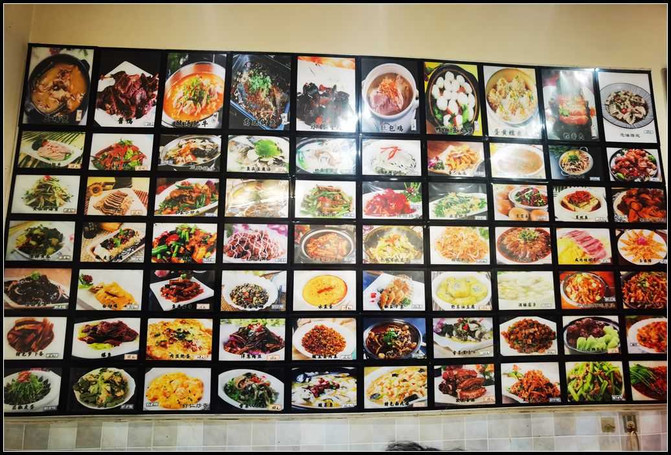
This restaurant offers a wide variety of Jiangsu and Zhejiang cuisine, making it very authentic. No wonder so many people are queuing up for a seat. The two of us ordered three dishes, and the taste was excellent. The food was very comfortable and satisfactory. It was really a small temple with a big deity, and the small restaurant tasted good.

Stir fried screws in soy sauce

Scallion oil waist flower

Braised Pork Intestines with Thousand Zhang Knots.
Day 7: Jiaxing Hangzhou GuangzhouIn the morning, take a train from Jiaxing South Station to Hangzhou East Station, then transfer to the subway to Hangzhou Airport, and take a Southern Airlines flight back to Guangzhou to end the trip.

Take the tram from the hotel in Jiaxing to Jiaxing South Station, and then take the high-speed rail to Hangzhou East Station.

After arriving at Hangzhou East Station, transfer to the subway and arrive at Hangzhou Airport, then take a plane back to Guangzhou.
Previous Article:October 2020 Zhejiang Nanxi River, Yandang Mountain, Putuo Mountain, Wuzhen and other places self driving tour guide (II)
Next Article:Searching for Beauty and Exploring Food - Driving Thousands of Miles in Jiangsu, Fujian, and Zhejiang
